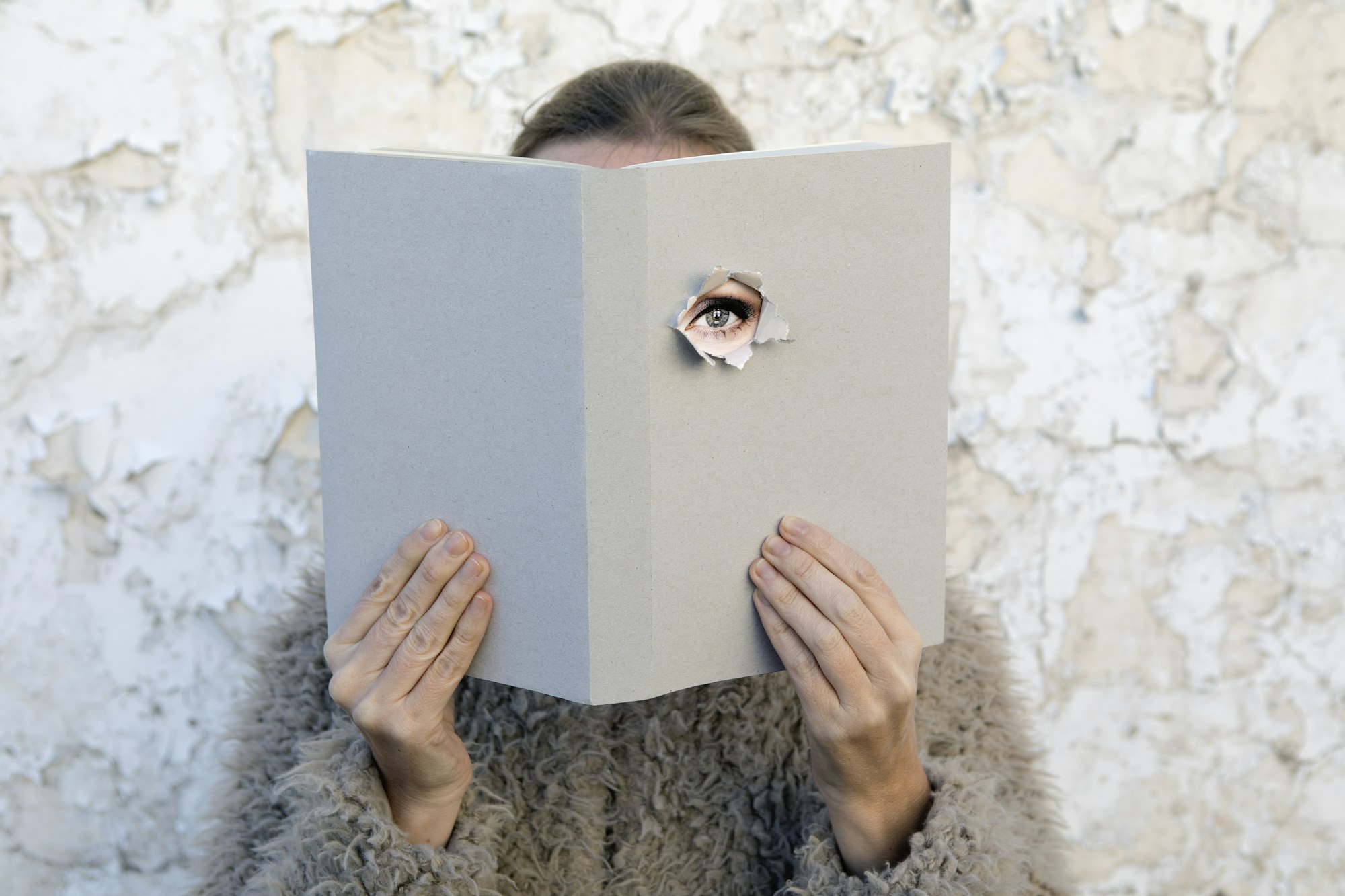The New Frontier of AI Poetry: Is It Better Than Human Creativity?
Artificial Intelligence (AI) is rewriting the rules of creativity, especially in poetry. Surprisingly, AI-generated poems are gaining recognition for their emotional depth and relatability—sometimes even surpassing the works of renowned human poets. Let’s dive into this revolutionary development, what it means for the arts, and the future of creativity.

How AI Creates Poetry
AI’s ability to write poetry stems from advanced language models like GPT-3, which are trained on massive amounts of text, including famous literary works. These models analyze patterns, structures, and themes to craft poetry that feels authentic and original.
Whether mimicking Shakespeare or emulating modern free verse, AI uses data-driven precision to replicate the techniques humans have honed over centuries. But while its verses may feel personal, AI doesn’t experience emotions—it’s all based on algorithms.
Why AI Poetry Feels So Human
Recent studies reveal that people often rate AI-generated poems higher than those written by human poets. For example, in a study with over 1,000 participants, half the poems were crafted by AI and half by celebrated poets. Readers were shocked to discover that many of their favorite pieces were created by machines.
What makes AI poetry stand out?
- Clarity and simplicity: AI tends to avoid overly complex language, making its work more accessible.
- Emotional resonance: By mimicking patterns in human expression, AI creates poems that feel authentic, even without genuine feelings.
The Impact on Creativity
The rise of AI poetry challenges how we define creativity. Can machines truly create art, or are they just mimicking it? While AI doesn’t have emotions or life experiences, its ability to produce moving poetry suggests that creativity can be more about patterns and perceptions than feelings.
Rather than replacing poets, AI is becoming a creative partner. It can inspire new ideas, help writers experiment with different styles, or even break through creative blocks.
The Future of AI in the Arts
AI’s role in art and poetry is just beginning. As technology evolves, we can expect more collaborations between humans and AI, blending human imagination with machine efficiency. This partnership could lead to groundbreaking forms of art that push the boundaries of creativity.
At the same time, society will need to grapple with questions about authorship and the true value of art created by machines.

FAQs
1. How does AI write poetry without emotions?
AI uses patterns from its training data to imitate human styles and emotions. While it can’t feel, it mimics the structure and tone of emotional expression convincingly.
2. Will AI take over poetry writing?
AI won’t replace human poets but will serve as a powerful tool to enhance creativity, generate ideas, and explore new styles.
3. What makes AI poems different from human poems?
AI poems often use straightforward language and structure, making them relatable. However, they lack the personal experiences and unique perspectives that human poets bring to their work.
The new wave of AI poetry is a fascinating blend of technology and creativity. Whether it’s a tool for inspiration or a challenge to traditional notions of art, AI is opening doors to a future where humans and machines create together in ways we’ve only begun to imagine.
Sources The Times


